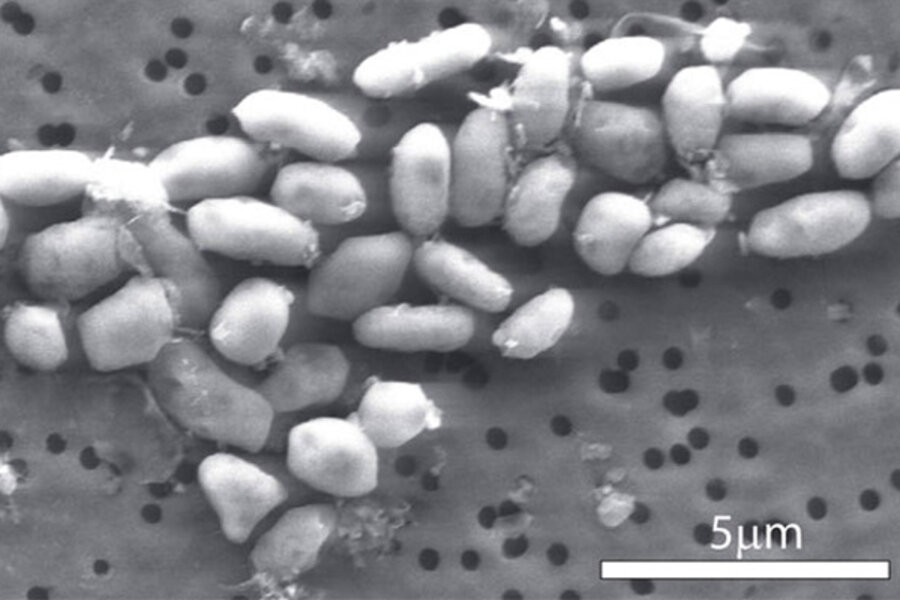NASA 'arsenic life' claim refuted by two new studies
A rule-breaking bacterium, thought to not only tolerate arsenic but actually incorporate the poison into its DNA (swapping out phosphorus), has been found to be a law-abider. Two new studies detailed online Sunday (July 8) in the journal Science find the bacterium called GFAJ-1 can't substitute arsenic for phosphorus to survive.
The new studies refute a December 2010 finding that, if confirmed, would have revolutionized how we think about life. "If true, such a finding would have important implications for our understanding of life's basic requirements since all known forms of life on Earth use six elements: oxygen, carbon, hydrogen, nitrogen, phosphorus and sulfur," according to a statement released today by the editors of Science.
If an organism on Earth were found to survive without one of these building blocks, it could mean that life on other planets (as well as our own) is more adaptable than expected.
Leader of the 2010 study, Felisa Wolfe-Simon had acknowledged very low levels of phosphate within their study samples; however, they concluded the contamination would've been insufficient to allow GFAJ-1 to grow.
Now the two separate studies find that Wolfe-Simon's medium did contain enough phosphate contamination to support GFAJ-1's growth. It's just that GFAJ-1, a well-adapted extremophile living in a high-arsenic environment, is thrifty, and is likely capable of scavenging phosphate under harsh conditions, helping to explain why it can grow even when arsenic is present in its cells.
Wolfe-Simon and her colleagues discovered the bacteria in desolate Mono Lake, Calif., finding evidence the extremophiles could munch on arsenic to survive in the absence of phosphorus, an element long established as a critical building block of life. [Stunning Images of Mono Lake]
The finding soon spurred a lively debate, with outside researchers criticizing the paper's methods. "The basics, growing the bacteria and purifying the DNA, had a lot of contamination problems," said microbiologist Rosie Redfield of the University of British Columbia, in February. Redfield is the author of one of the newly published Science papers.
Follow LiveScience on Twitter @livescience. We're also on Facebook & Google+.





